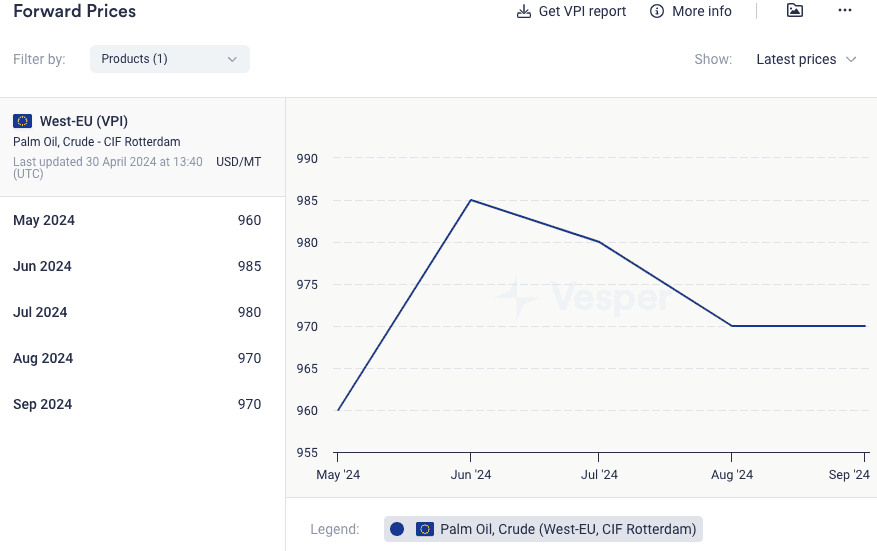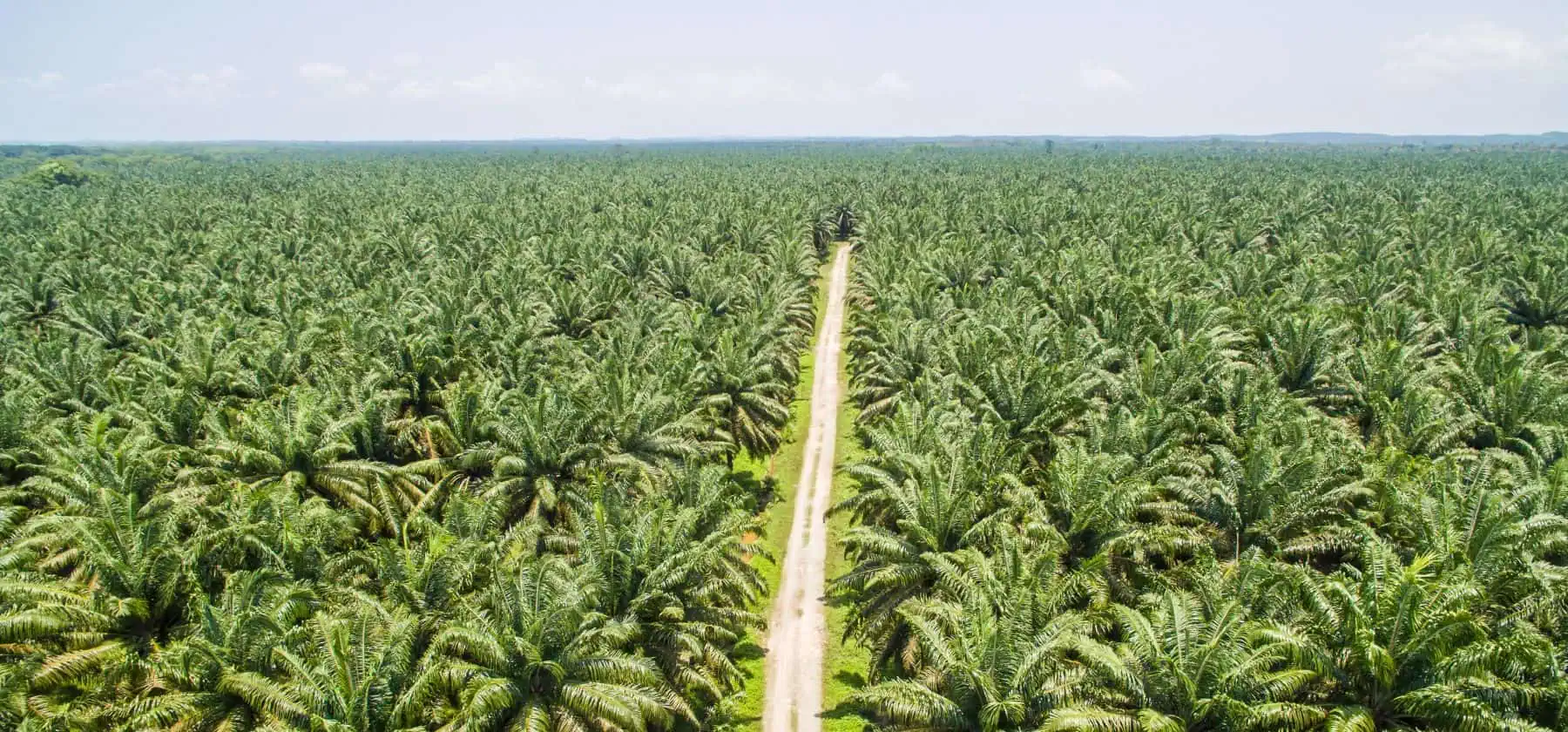The palm oil industry is currently facing a downward trend in prices due to recovering production levels in Malaysia and slower export rates. The recent data reveals that Crude Palm Oil (CPO) prices dropped on April 29 from the week earlier. This price adjustment is significantly influenced by an increase in Malaysian palm oil output in April, as reported by SPPOMA.
This downturn is further emphasized by the Vesper West EU Forward Price Index for Crude Palm Oil, which saw a decrease for June delivery. Likewise, the price for Crude Palm Kernel Oil also reflected a decline in the same period.
Export volumes have also seen notable reductions. Vessel line-up data shows a 20% decrease in Malaysian palm oil shipments from March to April, with a similar reduction in Indonesia. This dip in export activities adds another layer of pressure on global prices.
Further complicating the market dynamics, stock levels in key importing countries have dwindled. The Malaysian Palm Oil Council (MPOC) reports that China’s palm oil stocks in March were 98% lower than the previous year, and Pakistani stocks saw a 23% decrease.
Additionally, an inverse price situation is observed in the EU market for the months of June and July, indicating potential pricing volatility ahead – see figure 1. A market source mentioned the slow production in Latin America and Central America, predicting a significant regional production drop this year due to unfavourable weather conditions, with Brazil, Mexico, and Guatemala—key players in the export market—facing the largest cutbacks.

Figure 1: EU palm oil forward price curve (USD/mt)
The broader implications of these shifts are closely monitored by market participants, as any further disruptions in production or exports could lead to more pronounced fluctuations in the global palm oil market.
Interested in more Vegetable Oil market trends? Read our latest market highlight here.





